The content of the article
In fact, there are not so many poisonous snakes. Yes, there are many treacherous snakes, but only a tenth of these are poisonous, and even fewer such that they have a strong poison that can destroy almost any living thing.
Taipan (or taipan Australian) is a genus of snakes, that is, this classification includes many different species that may differ in one way or another. There are not so many existing species, or more precisely, only three. There are:
- taipana coastal;
- desert snake;
- taipana inland.
A distinctive feature of this snake is a high degree of toxicity, that is, the presence of an incredibly powerful poison. When compared with the poison of the cobra, then the power exceeds 150 times.
There are other interesting statistics. The poison of one snake is enough to allow about a hundred people to say goodbye to this world. After taipan injects its poison, the person has about three hours to administer the antidote, otherwise the lethal outcome occurs after about three hours.
Taipan as a business
It is clear that the antidote for the poison of such a snake is quite popular, especially in Australia, where its main habitat is. In order to create an antidote, the poison itself is required, which, as stated earlier, the snake supplies in substantial quantities and can yield about 300 mg. for the collection. This fact leads to active entrepreneurship in this area.
Many Australians are engaged in search and capture Taipan. Others simply buy to collect poison. Otherwise, these snakes are not particularly interested. The difficulty of keeping and the high toxicity of such a snake determine the low interest in zoos and animal lovers. Therefore, for the most part, Taipans simply peacefully exist within their natural territory.
Species
Oxyuranus scutellatus - so scholars and other wise men with experience and knowledge of Latin call Taipana coastal, which lives, as the name implies, in coastal territories. For the most part, this species lives in the northern territories of Australia and some islands of New Guinea, it is the largest representative of venomous snakes in Australia and reaches more than three meters in length. By poisonousness, this species is the third on the planet.
Taipans of coastal areas have a very sharp temper and high speed. Therefore, the species is considered quite dangerous. This snake eats for the most part mice, rats and frogs.
Oxyuranus microlepidotus or cruel (desert) snake has a shorter body length, which develops just under two meters. Prefers plains and fields, dry soil. The color is much darker than the previous species, which has a beige color, but a cruel snake may have the color of dark straw or generally brownish. It dwells mostly in the territory of Western Queensland and relatively recently this fact caused significant inconvenience to other inhabitants of this region. For example, the survival rate until the middle of the previous century (when they began to actively produce an antidote) was only 10%. In food uses small mammals.
It is the cruel snake that is the most poisonous in the world, and it is from here that the statistics about the amount of poison, which is enough for a hundred people, are taken. Moreover, unlike other species (whose behavior is described in more detail later), a cruel snake is quite (oddly enough) a peaceful creature.All documented bite situations are associated with careless handling of a snake.
Oxyuranus temporalis - The land taipan or taipan of the internal territories is relatively new and was not previously considered a separate variety. Moreover, it is very little studied and you can not tell the details about it as such.
Desert taipan prefers the central regions of Australia, is less toxic of all, and for the most part lodges in bushy spaces near water bodies.
For all considered variants of taypans, there is a set of general characteristics:
- The abdomen is always lighter than the back.
- The head is darker than the back, but the muzzle is lighter than the body.
- The color changes depending on the period of the year and is modified by molting.
- The length of the teeth is about a centimeter.
- The mouth can open so that the upper part becomes almost perpendicular to the bottom.
In addition, all taipans mostly operate during the day period and rest at night, only during periods of intense heat they rest during the day and crawl out about their business in the late afternoon.
How Taipan behaves
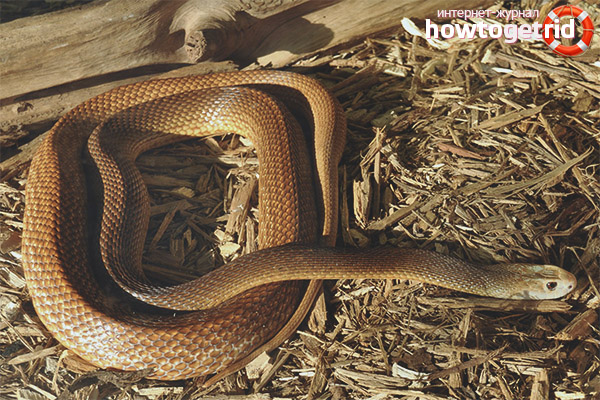
Almost all snakes of this genus are highly aggressive, they do not hide at the sight of danger and can attack larger individuals. However, they show aggressiveness only if disturbed.
Seeing the danger, they stand upright, that is, raise their heads, which they begin to swing around, so they signal their own aggressive intention. Then taipan makes lunges with which he bites. An average of 120 milligrams injected (maybe more) of the poison suffices in almost every creature in order to feel, without an antidote, not the most pleasant effects and say goodbye to the frail world.
In the regions where this snake lives, it is more than important to always carry an antidote with you and know how to use it. In addition, you need to imagine how to act when meeting with an aggressive taipan. Sometimes it is useful in the presence of warning signals to correctly retire and create the optimal distance.
Everyday habits
Taipan is a working creation and he spends most of his time searching for his own food. For the most part, it settles in some bushes and it is there that expects rodents and similar creatures that could satisfy the appetites of the snake.
The ability to move rapidly combined at Taipan with excellent vision. Because of this, he carefully looks out for any changes in the landscape and, seeing, for example, a rodent, can go in the right direction.
Strangely enough, but these snakes can create a kind of symbiosis with people, especially with those who create sugar cane plantations and other crops. Taipan families settle nearby to get the opportunity to eat rodents and other animals that can live on plantations. At the same time, the Taipans try not to touch people and are not the initiators of such an action; they can only react when danger is threatened by their relatives or the Taipan individual itself or if there is an aggressive impact on the territory of its habitation.
Video: Taipan (Oxyuranus)



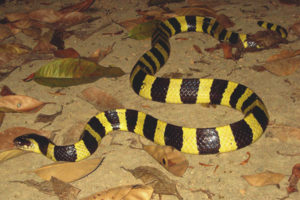

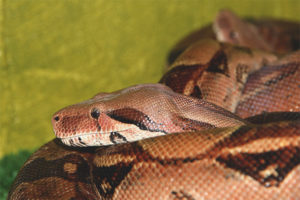
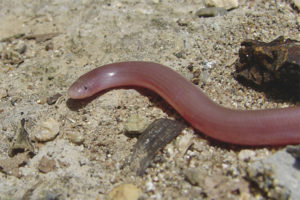

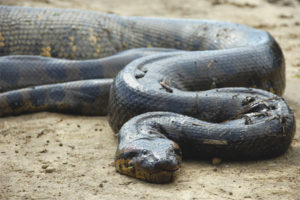
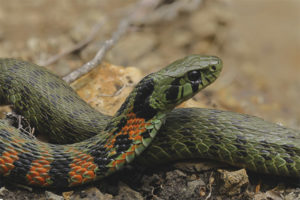
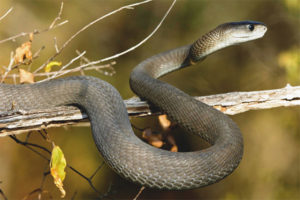
To send